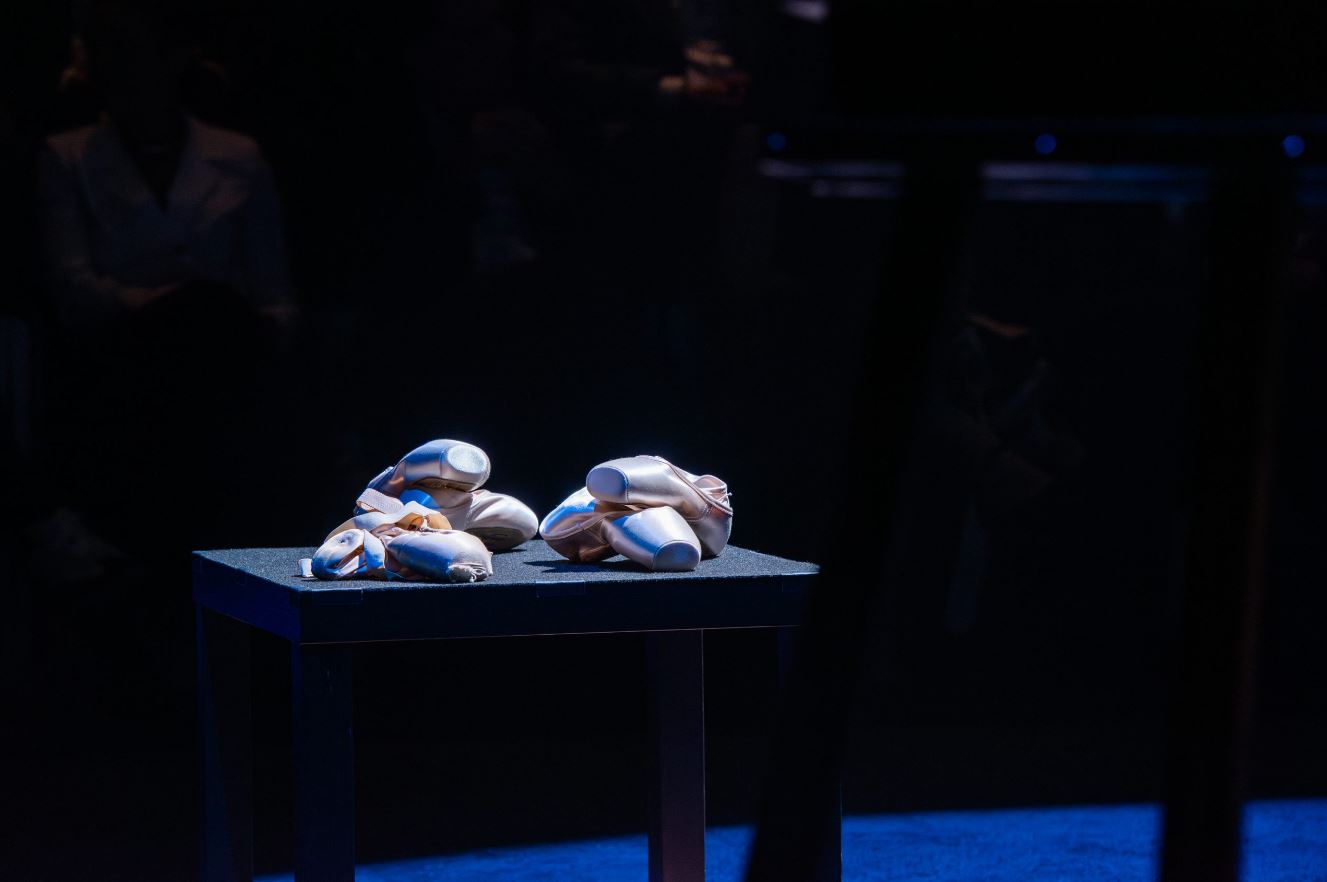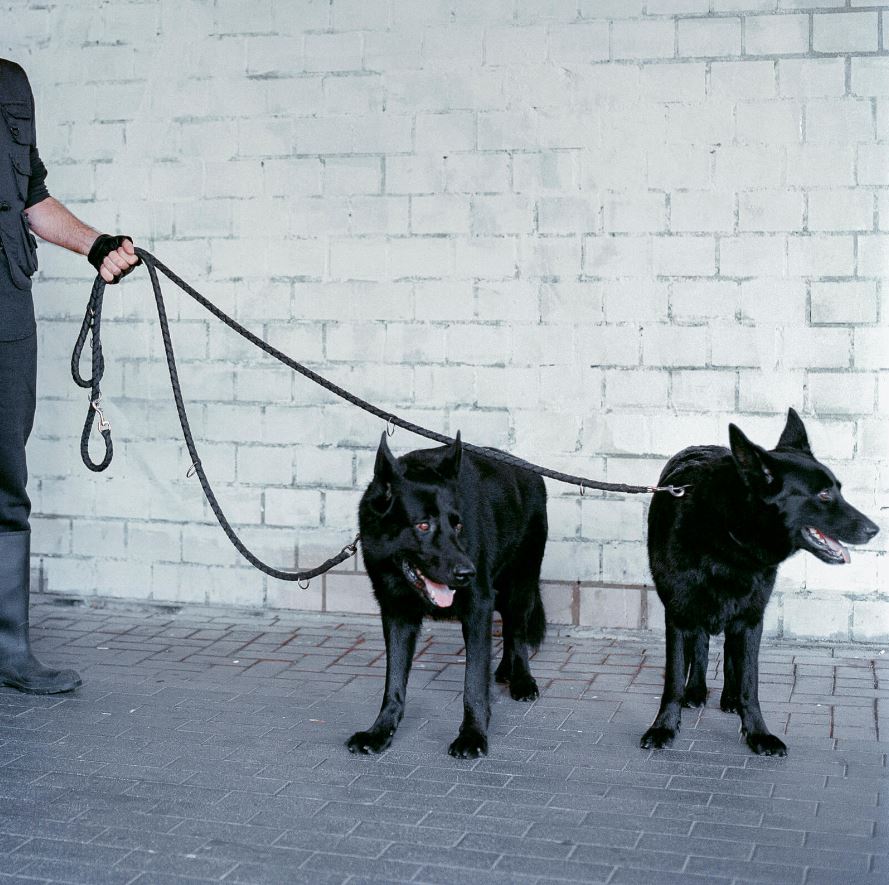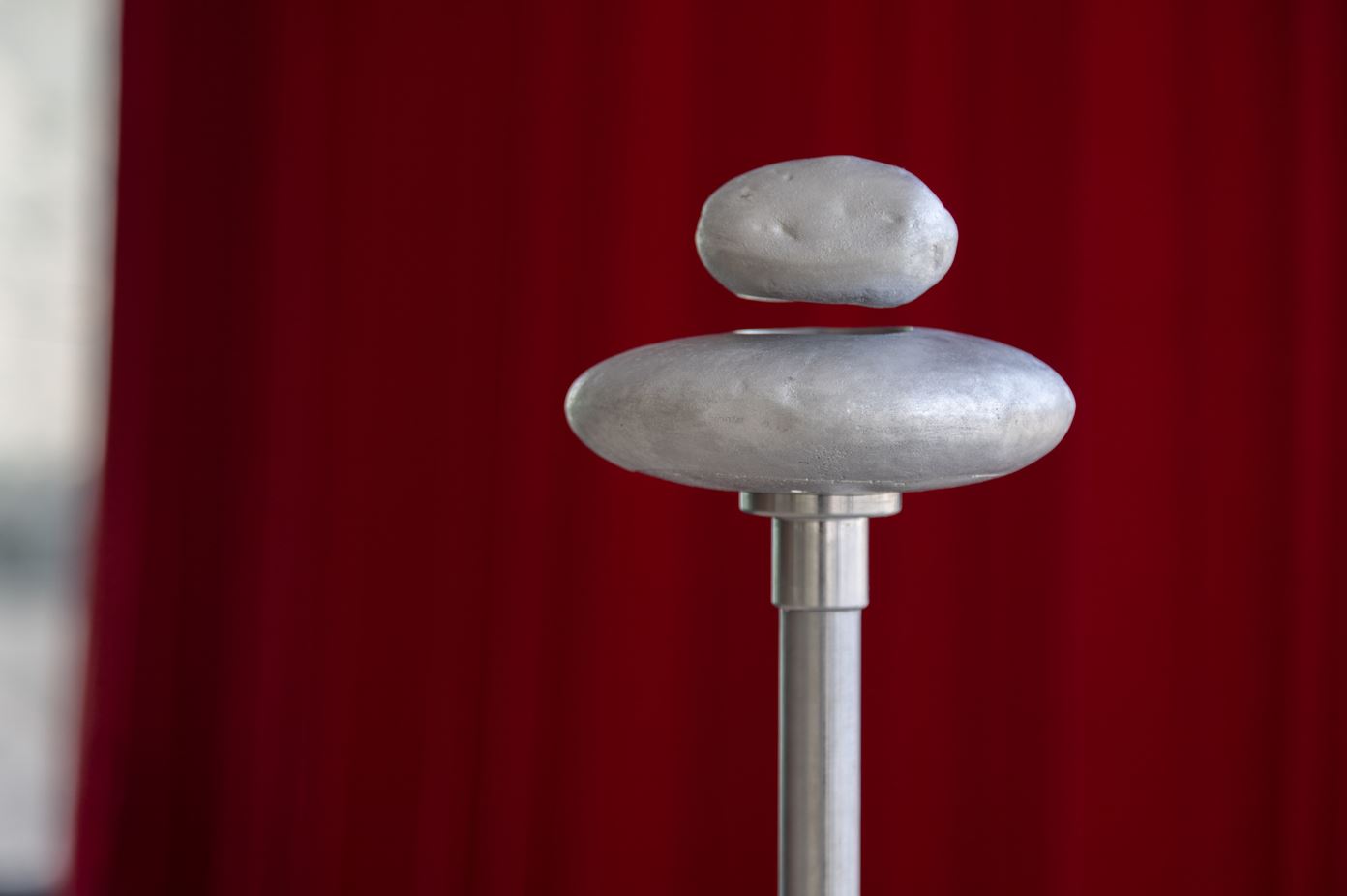Exhibitions
Clemente Bernad: on memory and the Basque conflict
Photography as critical reflection in La Virreina.
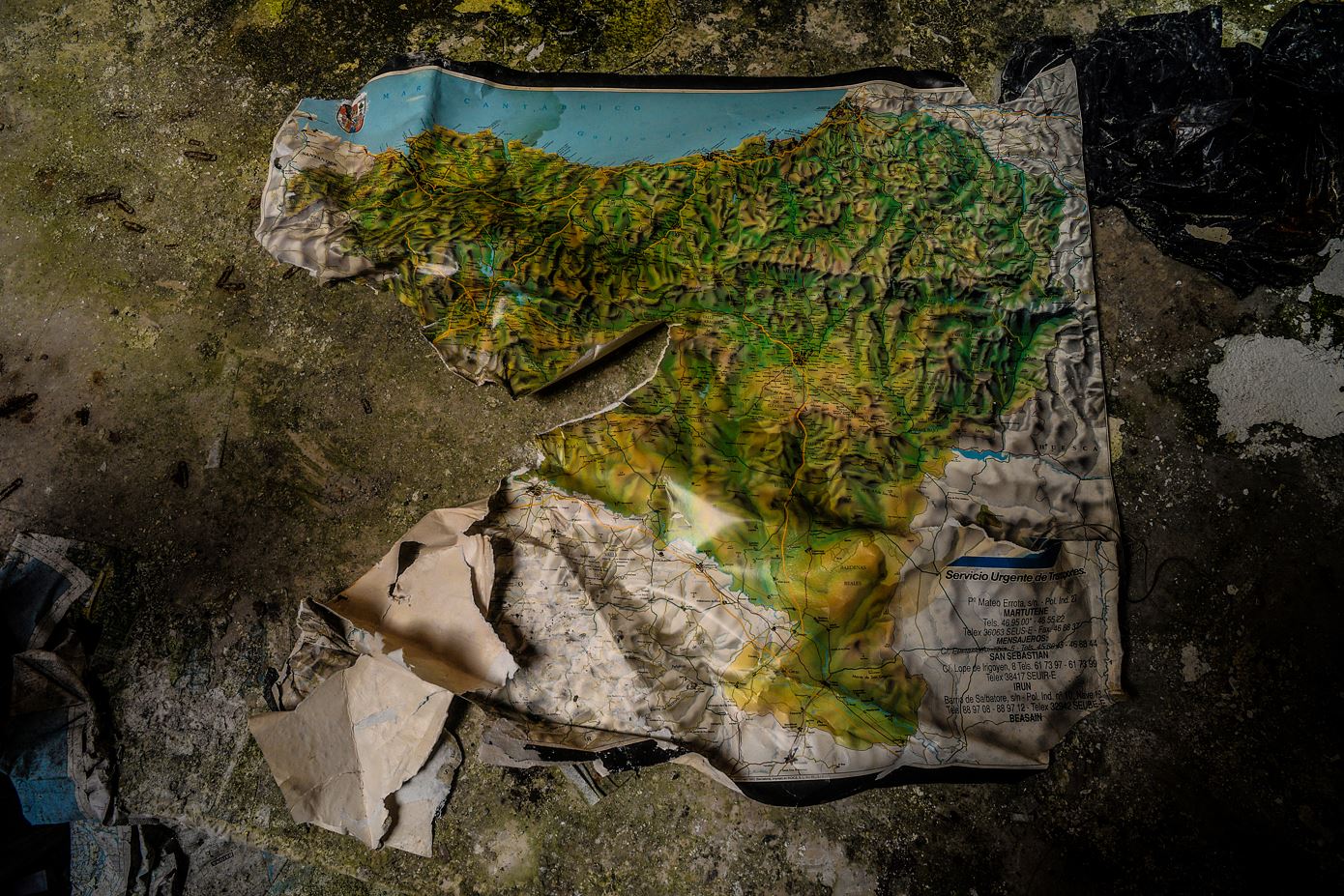
'Hemendik Hurbil / Near here' by Clemente Bernad, exhibited at La Virreina Center de la Imatge, brings us closer to a recent and controversial chapter in Basque history. Bernad, known for his photographic approach away from conventional communication circuits, now presents a critical and detailed perspective on a conflict that shook Basque society for decades. This exhibition, open to the public until the end of January, is a visual testimony to the conflict, but at the same time it brings to the table the connection between the images and the events they represent.
The temporal scope of the exhibition includes images captured between 1987 and 2018, starting with a photograph of Pamplona and ending with another in Kanbo, on May 4, 2018, a date that commemorates the Arnaga Declaration and the dissolution of ETA
The project unfolds in several rooms of La Virreina, where Bernad's work is presented in a combination of almost a hundred photographic and audiovisual positives. The exhibition is a succession of photographs but also an immersion in a fragmented chronology and a critique of traditional photojournalism. The work is not presented with a conventional narrative structure, but as a visual flow that does not pretend to be cataloged or hierarchical. Bernad breaks with the logic of cause and effect, generating disorder and the feeling that time is somehow suspended.
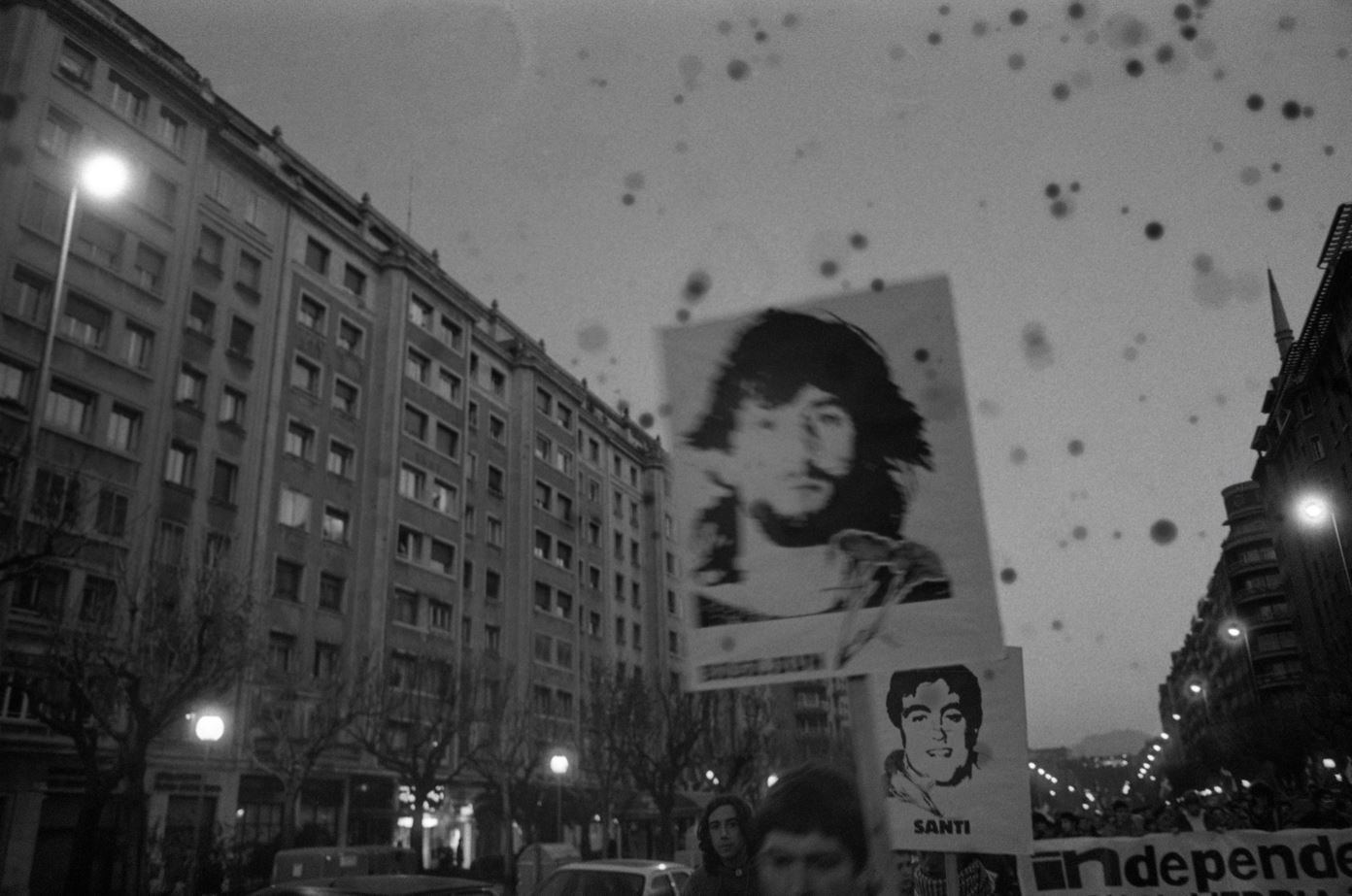
This staging at La Virreina is also a positioning of the artist against the manipulation of visual stories in the media. Bernad, who has chosen to keep these images outside the established media circuit, marks a critical distance from the treatment of violence in the media. This decision is one of the elements that support his figure as an "anti-photojournalist", refusing to simplify the facts in order to fit them into a unique and easily digestible story.
Despite the proximity to the reality portrayed, Bernad questions the photograph as documentary evidence, his images are witnesses, but do not pretend to be evidence. This vision, which completely breaks with the traditional codes of photojournalism, seeks to establish a complex relationship with the conflict, and generate a process of review and the unknown that leaves the reflection and possible re-readings of what happened in the hands of the viewer .
The exhibition's various rooms offer a critical look at the most painful stages of the Basque conflict, exploring both the public violence and the more hidden history. In the series 'Hitz Egin!', for example, the dismantling of the facilities of the newspaper Egin, closed by court order in 1998 and subsequently destroyed, is documented, images that express the loss of an essential space of press freedom. Other photographs by Bernad include public incidents, such as demonstrations of support for prisoners or confrontations with the security forces.
'Hemendik Hurbil / Around here' shows the complexity and scars of a period of violence that is still alive in the collective memory, and reaffirms photography as a tool that raises more questions than answers.
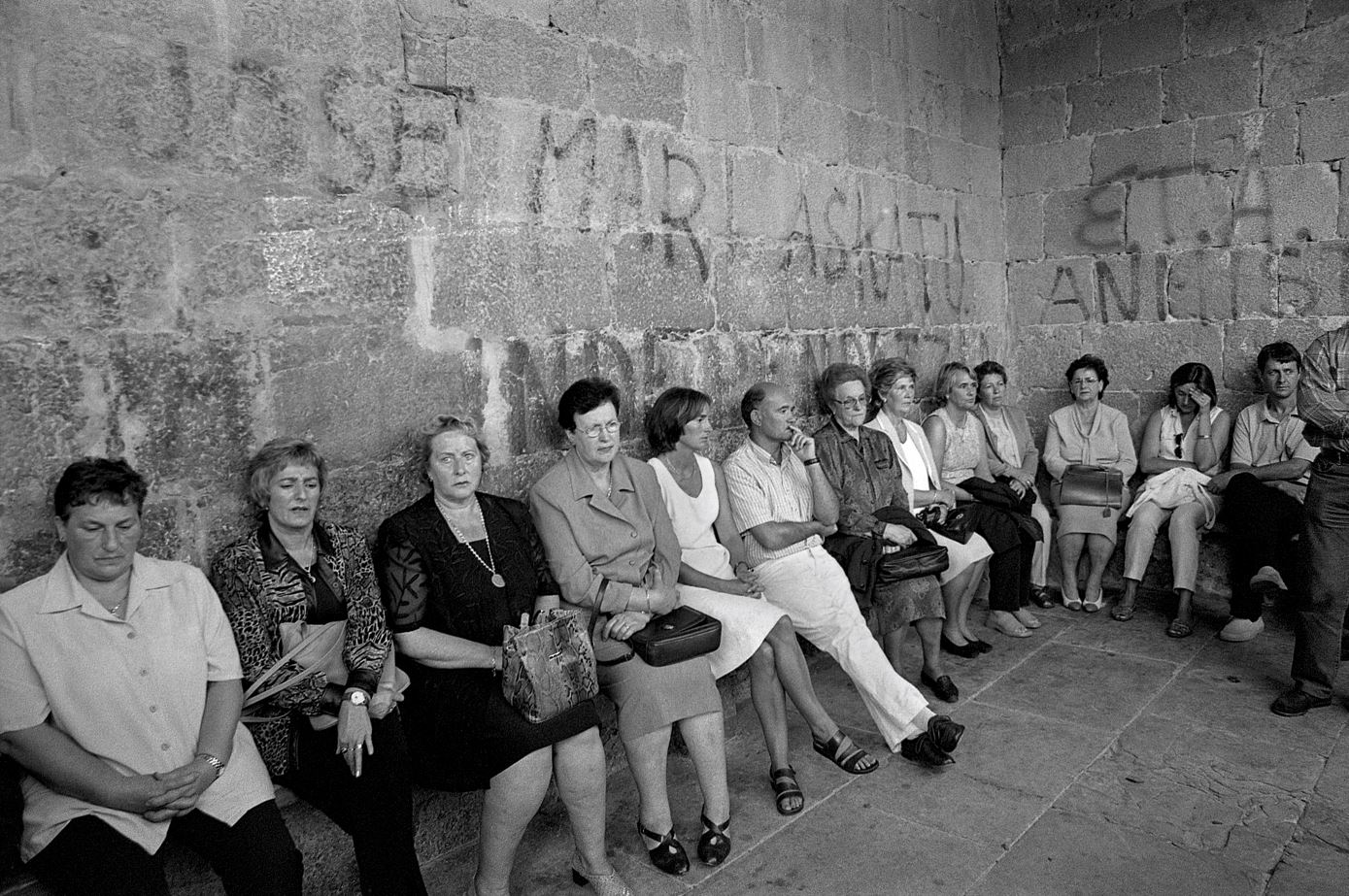
A trajectory committed to memory
Clemente Bernad has visually documented some of the most profound social and political conflicts in recent history. From his initial work, 'Jornalers' (1987-1992), which portrays the precariousness of Andalusian day laborers, to 'Dones san terra' (1994), about the lives of Sahrawi women in refugee camps, Bernad has highlighted for a humane and committed approach. With projects such as 'Basque Chronicles' (1987-2015), an extensive coverage of the Basque conflict, Bernad has created an ambitious and controversial visual corpus that questions the political instrumentalization of historical memory. This critical positioning is also evident in works such as 'On habita el record' (2003-2006), an extensive project focused on efforts to locate, identify and exhume mass graves from the Spanish Civil War, or more recently in 'Do you remember Franco ?' (2021), where he explores Francoist monuments.
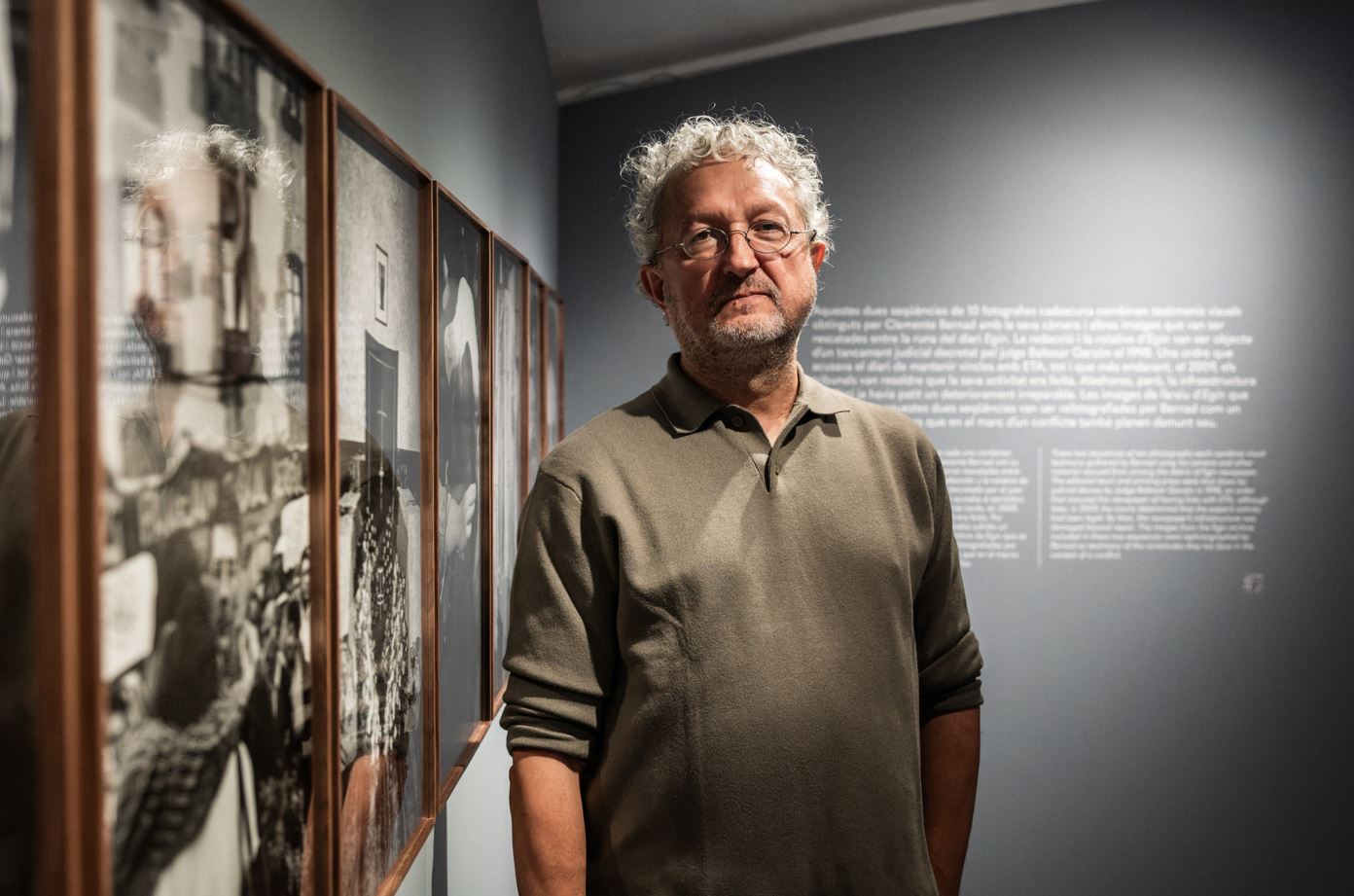

.png)



